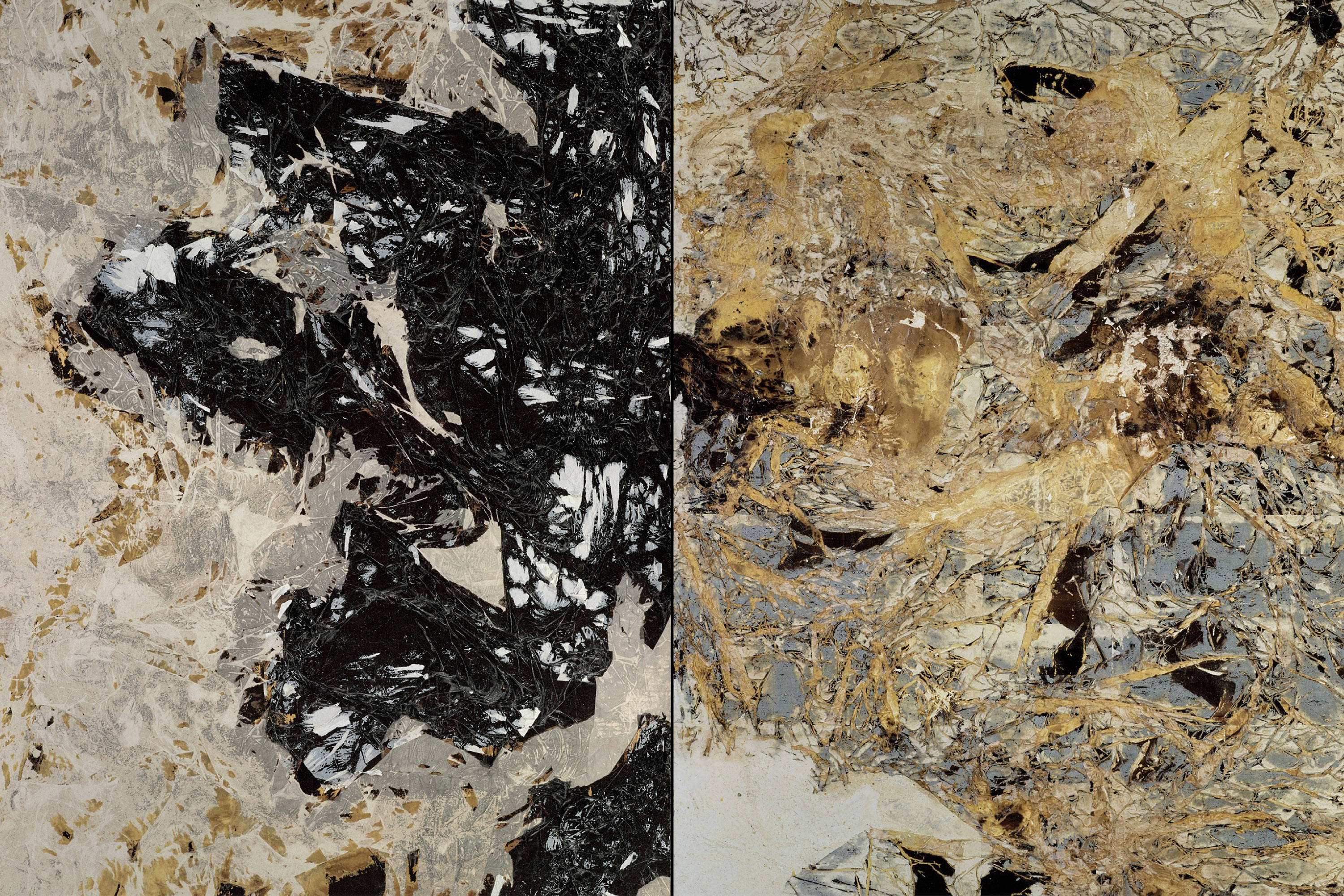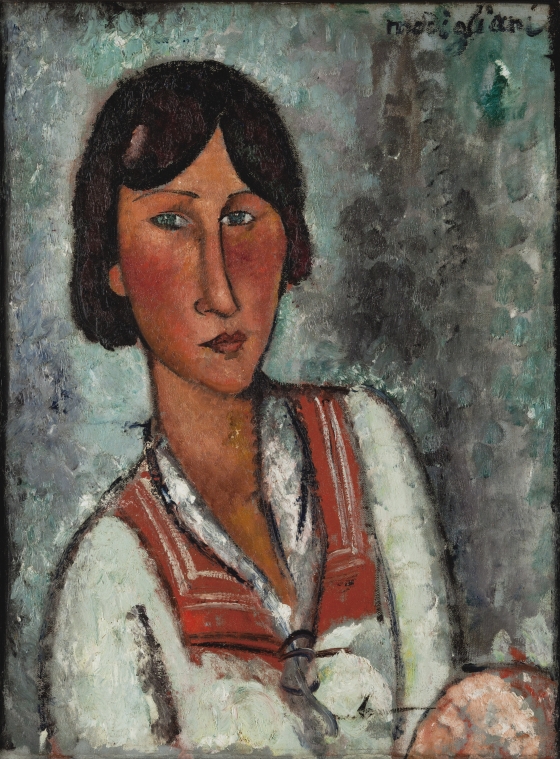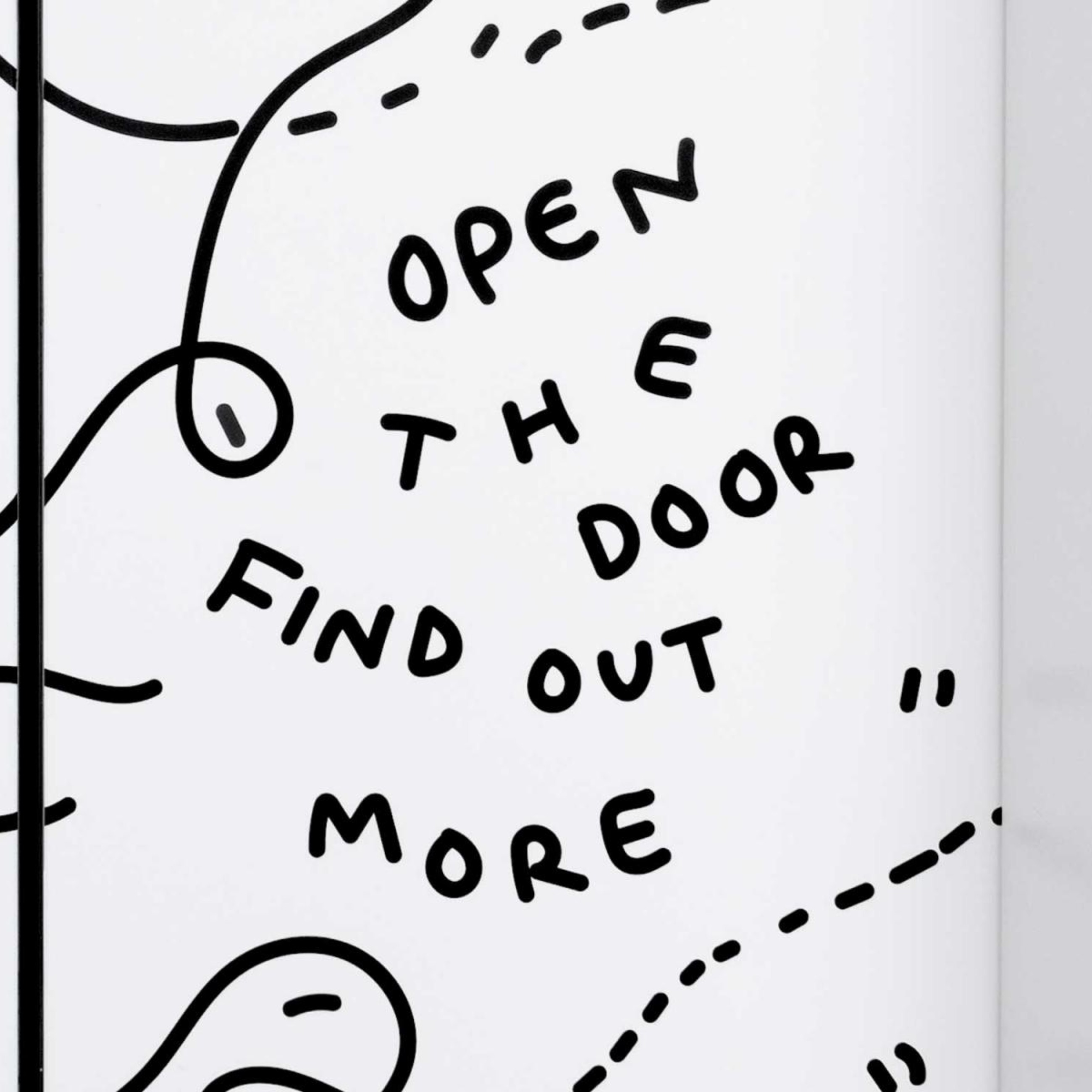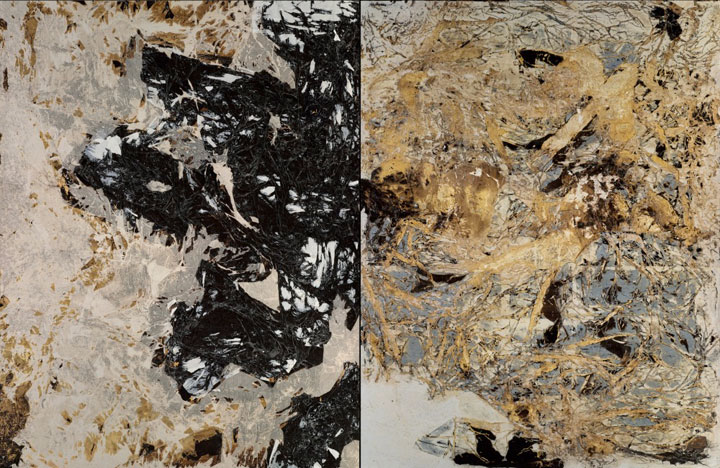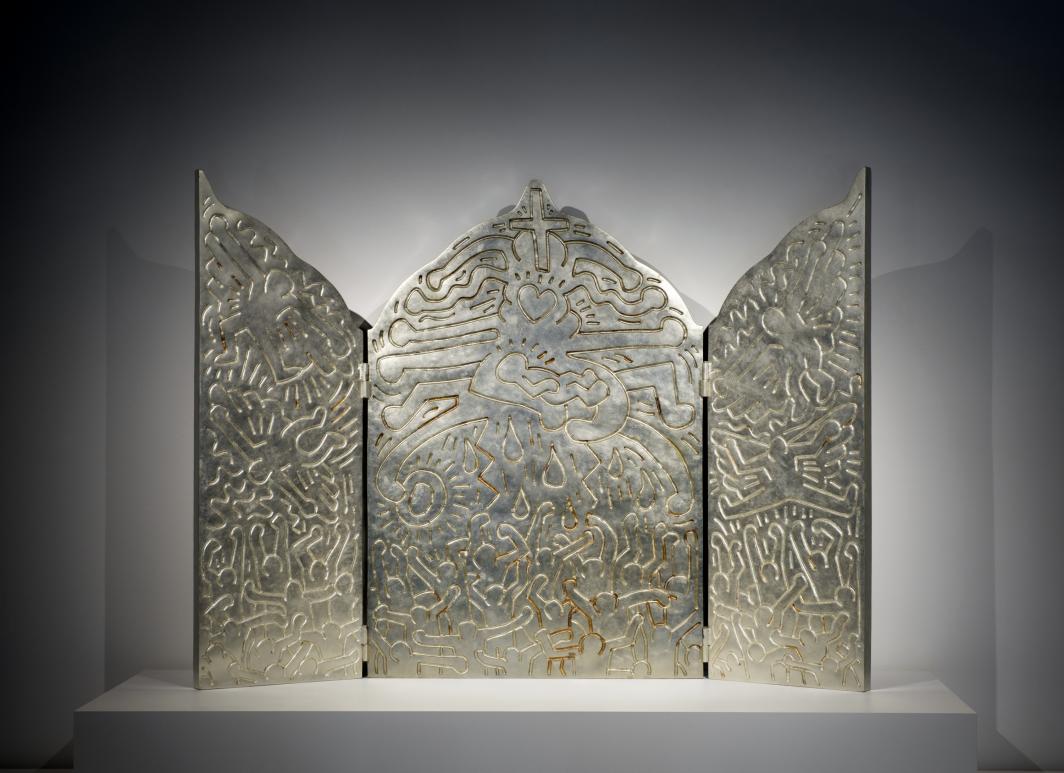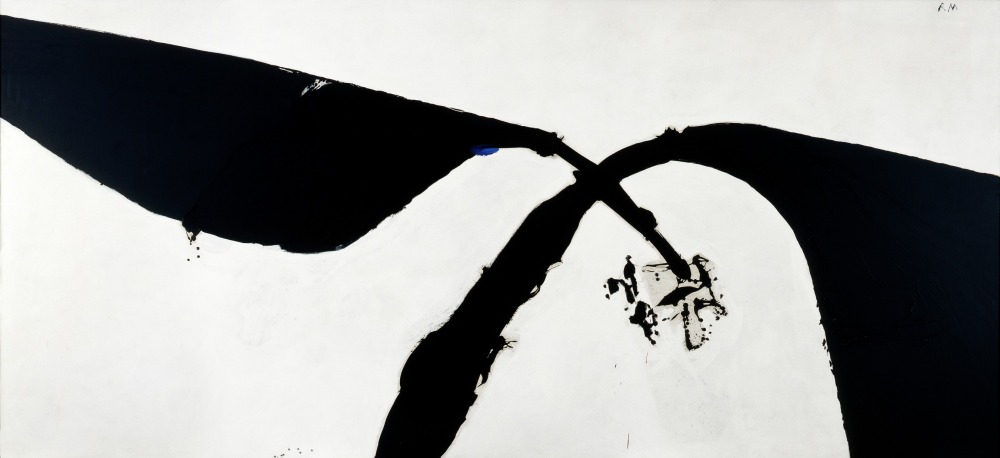
Ver más arte moderno y contemporáneo
Explora objetos de la colección de arte moderno y contemporáneo en nuestra colección virtual.
Department Staff
Rory Padeken, Vicki and Kent Logan Curator of Modern and Contemporary Art
Rory Padeken came to the DAM from the San José Museum of Art. For more than a decade, he worked to develop cross-disciplinary exhibitions and programs that encourage creative and critical thinking. His curatorial work is centered on advocacy for artists, expanding the narratives of modern and contemporary art through key acquisitions for the collection, and the critical examination of timely social issues. Notable exhibitions and projects included an exploration of Vietnamese and Vietnamese American stories of war and migration through Dinh Q. Lê’s video installations; a workshop on racial justice with artist Glenn Kaino; the critically-acclaimed exhibition Border Cantos: Richard Misrach | Guillermo Galindo, which addressed the humanitarian crisis at the Mexico-US border; the first major U.S. solo exhibition of video animations and drawings by Tabaimo from Japan; and the first solo museum exhibition and scholarly catalogue on the work of Jean Conner.
Danielle Stephens, Senior Interpretive Specialist
As a Senior Interpretive Specialist in the department of Learning and Engagement at the Denver Art Museum, Danielle Stephens specializes in the development of interpretive materials for the museum’s collections and special exhibitions. This includes labels, audio guides, videos, and participatory experiences that encourage visitors to create, share, and connect with each other and the work on view. She also hosts community advisory committees, conducts visitor evaluations, trains volunteer docents, leads gallery tours, and works with cross-departmental staff to deliver live programming related to the collection.
Since joining the DAM in 2013, Danielle has served as the interpretation lead for Jordan Casteel: Returning the Gaze, Shade: Clyfford Still/Mark Bradford, Mi Tierra: Contemporary Artists Explore Place, Audacious: Contemporary Artists Speak Out, and Women of Abstract Expressionism. Prior to the DAM, Danielle worked as the Docent Program Manager at the Museum of Fine Arts, Houston and the Education Curator at the Aspen Art Museum. Danielle has her bachelor of fine arts from the University of Oklahoma in art history and photography, and a master’s in art history from Southern Methodist University.
Hadia Shaikh, Curatorial Assistant
Hadia Shaikh is the Curatorial Assistant for Modern and Contemporary Art. Shaikh has over a decade of experience working in museums, arts spaces, and community organization. She has held positions at Indianapolis Museum of Contemporary Art, Museum of Contemporary Art Chicago, and The Block Museum of Art, Northwestern University. Shaikh completed her master of arts degree in museum studies at Indiana University Purdue University – Indianapolis and her bachelor of arts in art history at Herron School of Art and Design. She previously worked on Aao Mil through Spaceshift Collective, dedicated to amplifying South Asian artists and voices. Her writing has been published in NUVO and Newcity Art.
Publicaciones
El Departamento de Arte Moderno y Contemporáneo del Denver Art Museum publica catálogos, guías de las colecciones y folletos que profundizan en las significativas exposiciones y objetos de las colecciones. A continuación, encontrarás una lista de publicaciones clave que sirve de registro académico para el historial de exposiciones y coleccionismo del museo. Estas publicaciones, que dan cuenta del compromiso del museo con el estudio académico y la interpretación, proporcionan la oportunidad de enriquecer las experiencias de la visitantes y de los públicos lejanos.
- Jordan Casteel: Returning the Gaze (Jordan Casteel: devolviendo la mirada). Rebecca R. Hart. Denver Art Museum, 2019.
- Mi Tierra: Contemporary Artists Explore Place / artistas contemporáneos exploran el concepto de lugar. Rebecca R. Hart. Denver Art Museum, 2017.
- Women of Abstract Expressionism (Mujeres del expresionismo abstracto). Editado por Joan Marter; Gwen Chanzit, curadora. Denver Art Museum en colaboración con Yale University Press, 2016.
- Nick Cave: Sojourn (Nick Cave: estadía). Kyle MacMillan y William Morrow. Denver Art Museum, 2013.
- Collecting Ideas: Modern & Contemporary Works from the Polly and Mark Addison Collection (Coleccionando ideas: obras modernas y contemporáneas de la Colección Polly y Mark Addison). Nancy B. Tieken. Denver Art Museum, 2013.
- Companion to Focus: Robert Motherwell de la colección (Guía complementaria para Foco: Robert Motherwell de la colección). Nancy B. Tieken. Denver Art Museum, 2011.
- Companion to Focus: The Figure, Art from the Logan Collection (Guía complementaria para Foco: la figura, arte de la Colección Logan). Nancy B. Tieken. Denver Art Museum, 2011.
- Overthrown: Clay Without Limits. Volumes I and II (Superación: la arcilla sin límites. Volúmenes I y II). Gwen Chanzit. Denver Art Museum, 2011.
- Companion to Blink! Light, Sound and the Moving Image (Guía complementaria para ¡Pestañea! Luz, sonido y la imagen en movimiento). Jill Desmond. Denver Art Museum, 2011.
- Embrace! Volumes I and II (¡Adóptalo! Volúmenes I y II). Christoph Heinrich, Denver Art Museum, 2009–2010.
- RADAR: Selections from the Collection of Vicki and Kent Logan (RADAR: selecciones de la Colección de Vicki y Kent Logan). Dianne Perry Vanderlip, Gwen Chanzit, et al. Denver Art Museum, 2007.
- From Bauhaus to Aspen: Herbert Bayer and Modernist Design in America (De la Bauhaus a Aspen: Herbert Bayer y el diseño modernista en Estados Unidos). Gwen F. Chanzit. Boulder: Johnson Books, 2005.
- The View from Denver: Contemporary American Art from the Denver Art Museum (La vista desde Denver: arte estadounidense contemporáneo del Denver Art Museum). Dianne Perry Vanderlip et al. Denver Art Museum/Museum moderner Kunst Stiftung Ludwig Wien, 1997.
- Visions of America: Landscape as Metaphor in the Late Twentieth Century (Visiones de Estados Unidos: el paisaje como metáfora a finales del siglo XX). Nueva York: Harry N. Abrams, Inc., en colaboración con el Denver Art Museum y el Columbus Museum of Art, 1994.
Exhibition History
Recent exhibitions organized by the Modern and Contemporary Art department include:
- Ongoing: Modern and Contemporary Art Galleries
- 2024: Sandra Vásquez de la Horra: The Awake Volcanoes
- 2024: Ingredients: Ink, Watercolor, Oil, Graphite, Pastel, Acrylic, Charcoal, and Gouache on Paper—Acquisitions from the Hitchcock Foundation
- 2023: All Stars: American Artists from The Phillips Collection
- 2023: Amoako Boafo: Soul of Black Folks
- 2022: Disruption: Works from the Vicki and Kent Logan Collection
- 2021: Simphiwe Ndzube: Oracles of the Pink Universe
- 2020: Ana Mendieta: Suspended Fire
- 2020: Senga Nengudi: Topologies
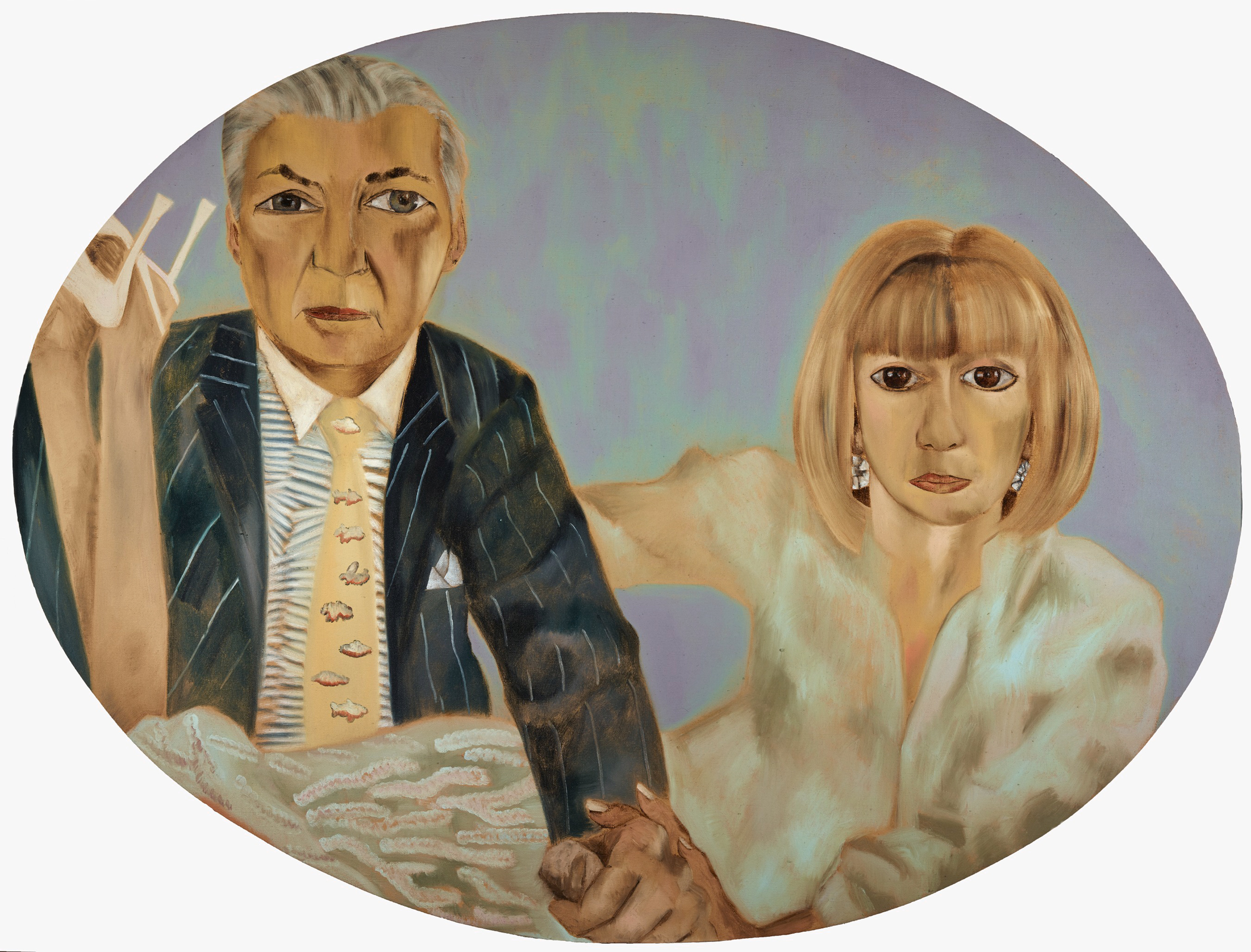
Francesco Clemente, Portrait of Kent Logan and Vicki Logan, 2005. Oil on canvas, Gift from Vicki and Kent Logan to the Collection of the Denver Art Museum.
Colección Logan
El generoso mecenazgo de Vicki y Kent Logan ha tenido un profundo impacto en el museo y en la comunidad más amplia del arte contemporáneo de Denver. Las obras, que se condicen perfectamente con la actual dirección del Departamento de Arte Moderno y Contemporáneo, reflejan la perspectiva global de los Logan y representan parte de las obras más fascinantes y revolucionarias creadas en la década de 1990 y principios del siglo XX.
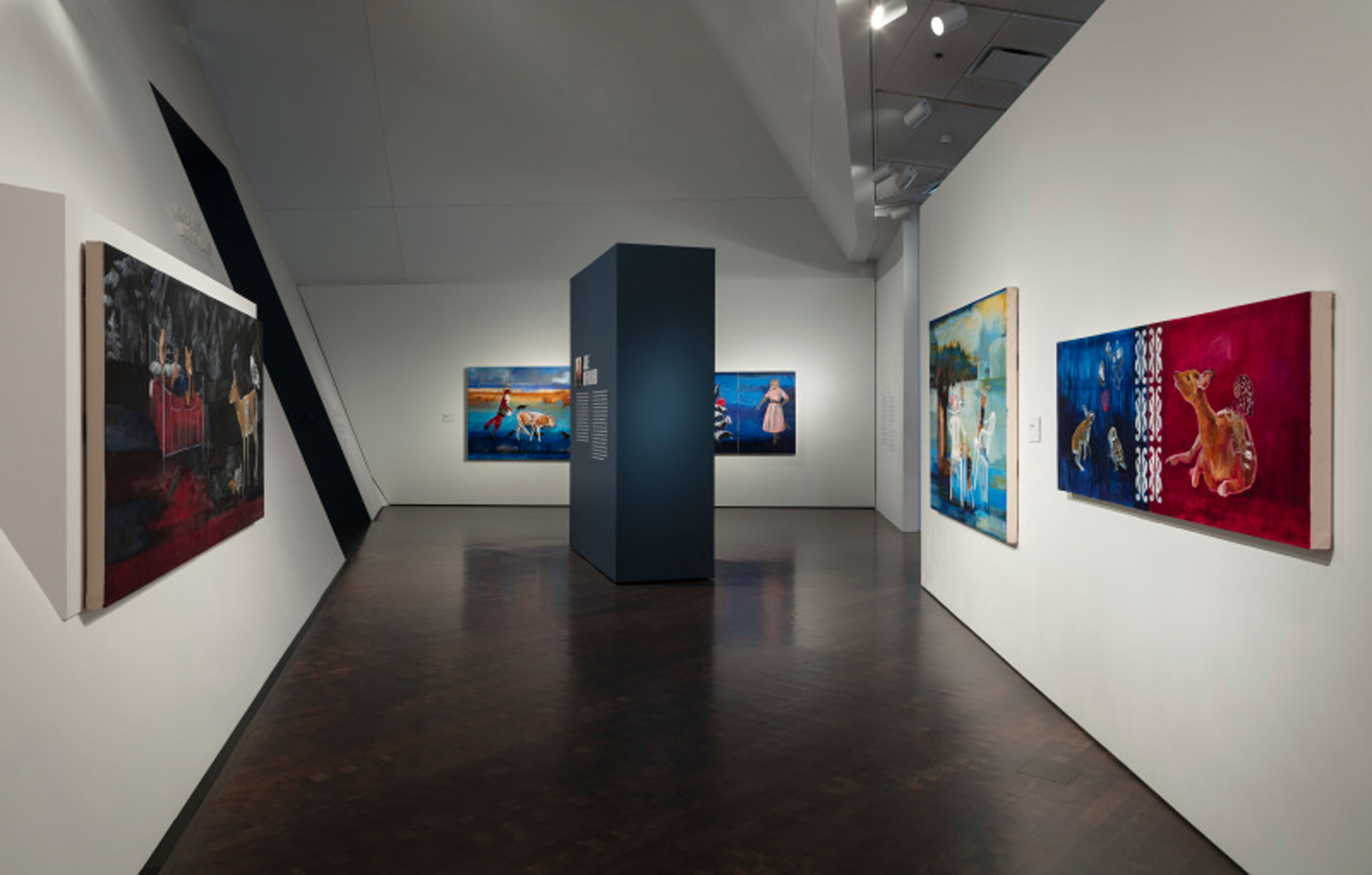
The Eyes On Series
Eyes On, a focused multi-year contemporary art series sponsored by Vicki and Kent Logan, showcases the work of contemporary artists who we believe should have broader exposure to our audiences.
Colección y archivo de Herbert Bayer, (CS)
La Colección Herbert Bayer contiene más de 8,000 obras de arte y forma parte de la colección permanente del Denver Art Museum. La Colección Bayer, que incluye desde fotografías hasta pinturas y carteles, abarca varios departamentos, como los de Fotografía, Arquitectura y Diseño, así como el de Arte Moderno y Contemporáneo.
El Archivo Herbert Bayer consta de un vasto material documental sobre el maestro de la Bauhaus. En septiembre de 2018, el archivo se transfirió a la Biblioteca Pública de Denver. Ahora está disponible siete días a la semana en el Departamento de Historia y Genealogía Occidentales en la sede de la central de la biblioteca.
Habiendo vivido en Denver durante muchos años, Herbert Bayer diseñó el campus histórico en el Instituto Aspen para Estudios Humanísticos. El instituto continuó ampliando el legado de Bayer con la apertura del Centro Resnick para Estudios Herbert Bayer en el verano de 2022 con fondos donados por Lynda y Stewart Resnick.
